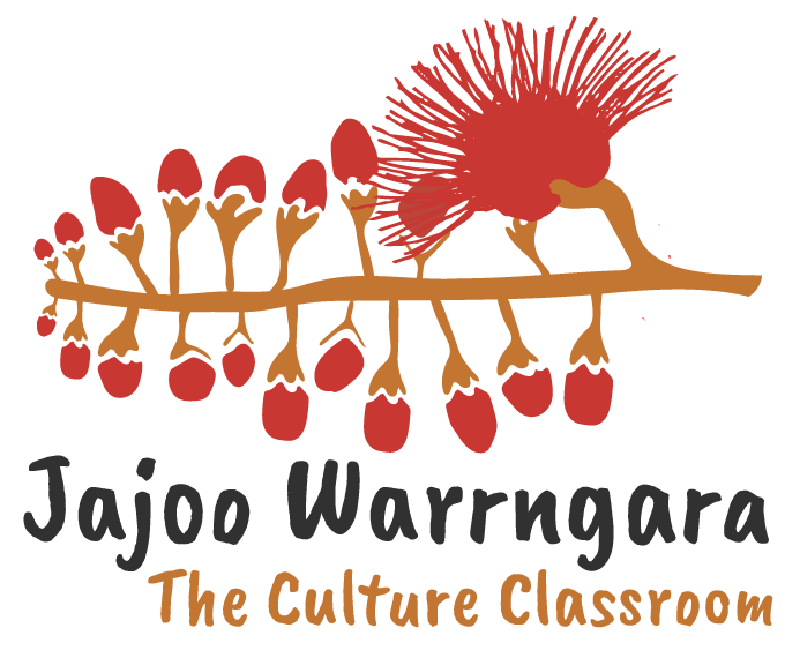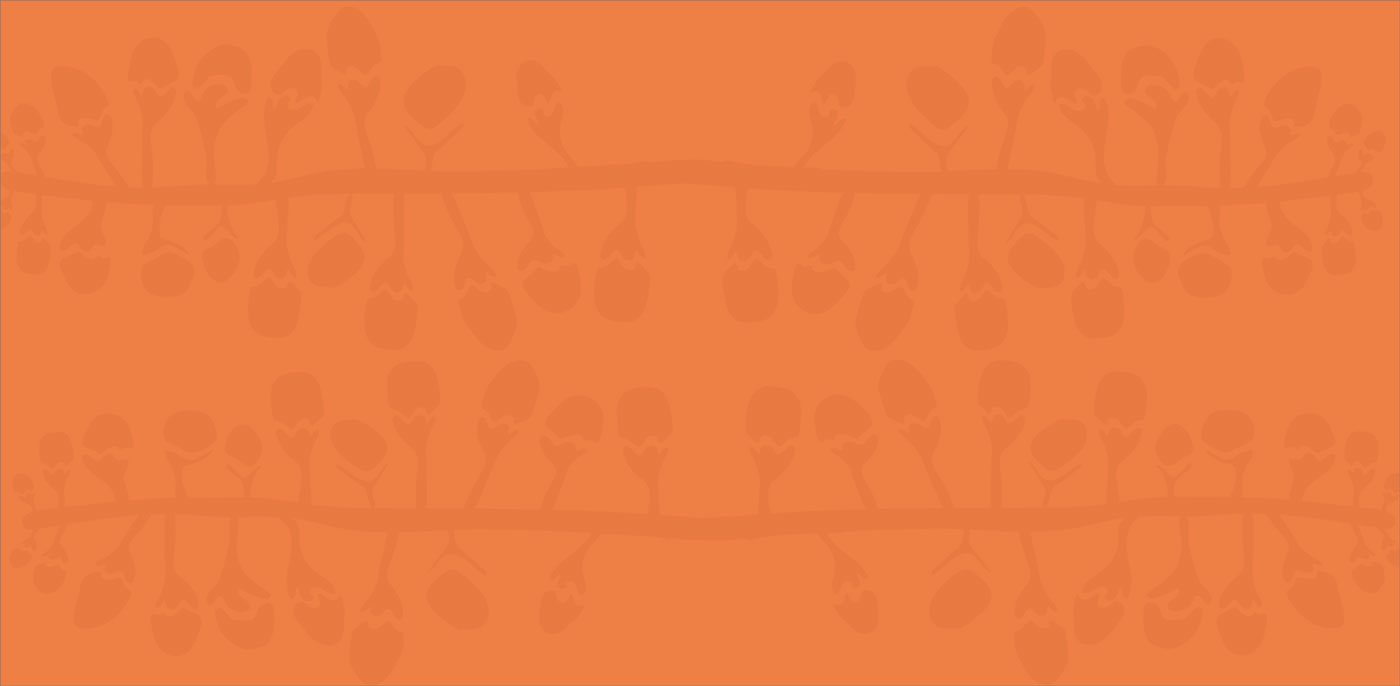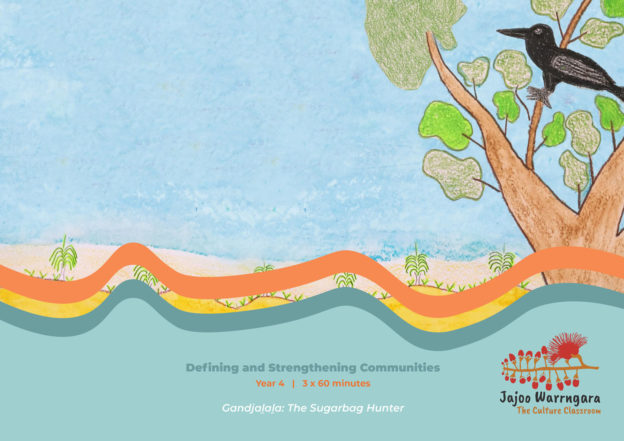Cross Curriculum Priorities
Aboriginal and Torres Strait Islander Histories and Cultures
A_TSICP1 First Nations communities of Australia maintain a deep connection to, and responsibility for, Country/Place and have holistic values and belief systems that are connected to the land, sea, sky and waterways.
A_TSIC1 First Nations Australian societies are diverse and have distinct cultural expressions such as language, customs and beliefs. As First Nations Peoples of Australia, they have the right to maintain, control, protect and develop their cultural expressions, while also maintaining the right to control, protect and develop culture as Indigenous Cultural and Intellectual Property.
A_TSIC2 First Nations Australians’ ways of life reflect unique ways of being, knowing, thinking and doing.
A_TSIP1 Australia has 2 distinct First Nations Peoples; each encompasses a diversity of nations across Australia. Aboriginal Peoples are the first peoples of Australia and have occupied the Australian continent for more than 60,000 years. Torres Strait Islander Peoples are the First Nations Peoples of the Torres Strait and have occupied the region for over 4,000 years.
Curriculum Links
AC9E4LY04 read different types of texts, integrating phonic, semantic and grammatical knowledge to read accurately and fluently, re-reading and self-correcting when needed
AC9E4LY05 use comprehension strategies such as visualising, predicting, connecting, summarising, monitoring and questioning to build literal and inferred meaning, to expand topic knowledge and ideas, and evaluate texts
AC9E4LE01 recognise similar storylines, ideas and relationships in different contexts in literary texts by First Nations Australian, and wide-ranging Australian and world authors
AC9HP4P05 describe how valuing diversity influences wellbeing and identify actions that promote inclusion in their communities
AC9HS4K01 the diversity of First Nations Australians, their social organisation and their continuous connection to Country/Place
AC9HS4K09 diversity of cultural, religious and/or social groups to which they and others in the community belong, and their importance to identity
Unit Content



